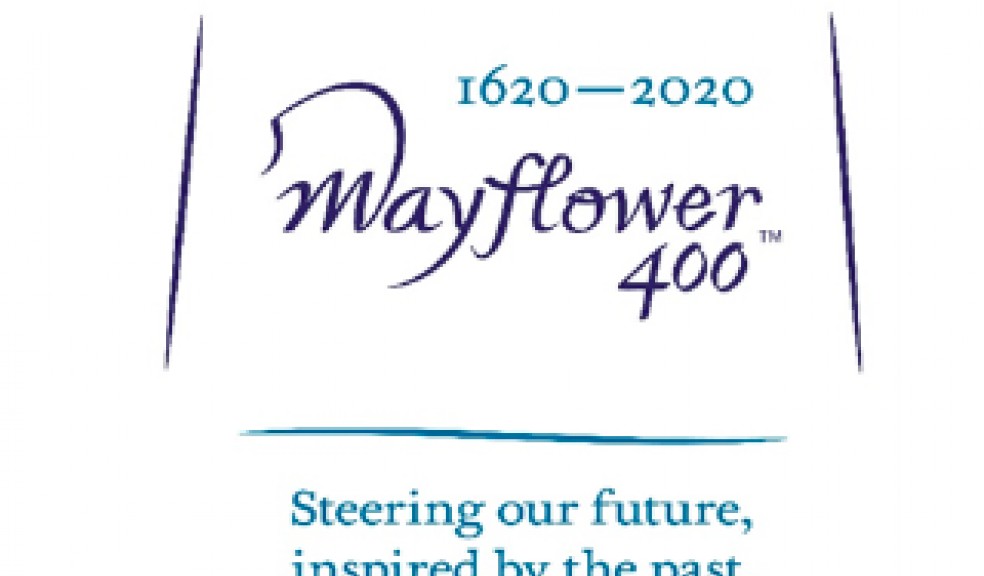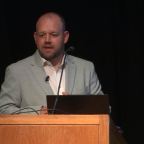
Mayflower II Celebrates 60 Year Anniversary of Transatlantic Voyage
As the plans to commemorate Mayflower 400 in 2020 continue, the international partnership, which is led in the UK by Plymouth, is marking the 60th anniversary of the Mayflower II sailing and arriving in America. A symbol of Anglo-American bonds forged during World War II, the iconic replica ship sailed from the UK to the USA, arriving in Plymouth, Massachusetts on June 13, 1957.
Built in England and owned today by Plimoth Plantation in Massachusetts, the Mayflower II was sailed across the Atlantic by an adventurous crew. The ship was a gift from the people of England to the people of the United States in gratitude for assistance during World War II. As such, she is an iconic symbol of freedom and a living memorial to the American men and women who fought alongside British troops.
Charles Hackett, Chief Executive of Mayflower 400 said: “Mayflower 400 will be a transformational programme of events and an international commemoration. This anniversary of the sailing of the Mayflower II replica marks one of the many milestones that solidify the important relationship between the UK and the USA. The Mayflower voyage of 16 September 1620 and her 102 passengers and crew has been called 'the most influential journey in global maritime history'. The voyage lies symbolically at the heart of the special relationship between Britain and America - that started with the profound values of personal liberty and freedom first expressed in Magna Carta - now securely woven into the Constitution of the USA.”
Mayflower II was the product of two visionaries – one American, one British – both of whom dreamed of building a full-scale reproduction of the Pilgrim’s famous ship. For years, neither knew of the other’s plans. Even before Harry Hornblower founded Plimoth Plantation in 1947, he had envisioned a full-scale reproduction Mayflower as a major exhibit of the Museum. Meanwhile, across the pond, while sailing home on a troop ship after World War II service in North Africa, an Englishman named Warwick Charlton had read William Bradford’s Of Plymouth Plantation and was inspired to create a reproduction of the iconic ship as a permanent monument to the bonds of friendship built between the United States and the United Kingdom during that conflict.
In 1951, Plimoth Plantation commissioned renowned naval architect William Baker of MIT to draft working plans for a full-size reproduction of an English merchant vessel of the size and type of Mayflower. At approximately the same time, Charlton formed Project Mayflower in London and began his research and fundraising efforts. In March 1955, paths crossed, with Plimoth Plantation and Project Mayflower becoming partners. The Museum would make Baker’s research and designs available to Project Mayflower, while Project Mayflower would oversee Mayflower II’s construction and transatlantic crossing. Most significantly, the Museum would become the ship’s permanent home.
In 1955, with generous backing from financier Felix Fenston, the ship’s keel was laid at Upham’s Shipyard in Brixham, in Devon, England. Expert shipwright Stuart Upham oversaw the project – the perfect choice to build a vessel that looked like a 17th-century ship and was constructed using only hand tools and 17th-century methods.
The Mayflower II and her crew of 33 set sail on April 20, 1957. It took 55 days and 5,500 nautical miles to reach Plymouth, Massachusetts. The original Mayflower sailed 3,500 nautical miles and took 66 days. On June 13, 1957 Mayflower II was welcomed by a crowd of 25,000 spectators to her new home in America. As the ship neared her destination, she was saluted by aircraft, blimps and private planes – even the ocean liner RMS Queen Elizabeth whistled her horns as Mayflower II sailed by. Among the people who welcomed the ship’s arrival were then-Senator John F. Kennedy and Vice President Richard Nixon. Major national media, including National Geographic and Life Magazine, covered the historic event.
Today, five members survive of the original 33-person crew – Englishmen Peter Padfield, Adrian Small, and David Thorpe, Australian John Winslow, and American Joseph Meany. These courageous men and their now-departed colleagues were led in their transatlantic endeavor by Alan Villiers, a well-known and highly regarded captain of square-rigged ships. Villiers leapt at the opportunity to sail Mayflower II on her maiden voyage, motivated to lead the journey because he felt it was his duty to be “mindful of the moving story of the Pilgrim Fathers and how much their love of freedom and their magnificent pioneering meant to America.”
Since 1957, an estimated 25 million people have stepped aboard Mayflower II and imagined the Pilgrims' experience on their historic crossing. Today, visitors to the ship sense the perils and methods of maritime travel of the time, observe the tools of 17th-century navigation, and are reminded of their own ancestors who may have made similar voyages to the United States.
Plimoth Plantation is currently restoring Mayflower II for the benefit of all those who will visit and be inspired by her in the years to come, taking care to preserve the spirit of authenticity imbued by those who imagined and built her. Skilled shipwrights at Mystic Seaport's Henry B. duPont Preservation Shipyard are working alongside Plimoth Plantation’s maritime artisans to systematically replace timbers, planking, structural frames, knees and beams that, despite excellent care over six decades by the Museum’s maritime staff, have succumbed to the natural deterioration process expected of any organic material exposed to natural elements. There are currently no future trans-Atlantic voyages planned for Mayflower II.
The Mayflower 400 project brings to life the story of the Mayflower Pilgrims from their beginnings in north Nottinghamshire, Babworth and Scrooby; the people; their journey and the ship – the Mayflower - and her voyage from their final departure in Plymouth, England to America. The story encompasses eleven destinations in England, in Leiden, Netherlands, and the native American Wampanoag tribe in Plymouth, Massachusetts, who are working together to use this significant journey as an opportunity to attract international visitors. The transformational programme of events planned for Mayflower 400 will include a series of major transatlantic and global events, linking people and communities through shared heritage, culture, education and science.











